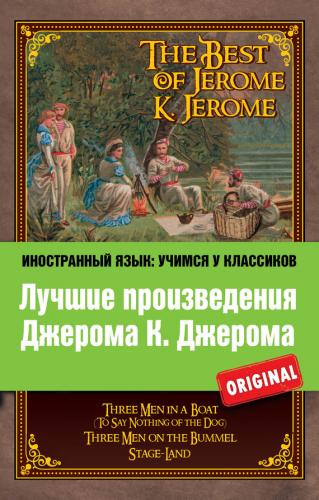32
Sandford and Merton – “The History of Sandford and Merton” is a didactic children’s tale (by Thomas Day, 1783–1789). There are two main characters there – goodwilled Sanford and unpleasant Merton, who gets upright due to moral instructions.
33
dogdays – the hottest days of summer
34
under laughinggas – a method of anesthesiology at that time
35
old blue – 18th century English porcelain, mostly painted blue
36
Sarah Janes – typical housemaids
37
Yuise – “you is”, an illiterate form of address
38
39
40
41
Bradshaw – George Bradshaw (1801–1853) wrote the “Railway Guide”, while John Bradshaw (1602–1659) was the head of the council that condemned King Charles I to death.
42
Cassivelaunus – British chieftain, leader of the Catuvellauni tribe that resisted Caesar’s invasion of Britain (54 bc)
43
willo’thewisps – phosphorescent lights floating at night on marshy ground
44
’Arrys and ’Arriets – evidently, “Harrys and Harriets”, pronounced in the way folk did
45
Lor’ – Lord
46
ain’t – isn’t
47
’ere ain’t – here isn’t (illiterate English)
48
’ware wheat – ware = beware; wheat = corn
49
Angels and ministers of grace defend us – from “Hamlet” by William Shakespeare (Act 1, Scene 4)
50
King John – (nick-name John Lackland, 1167–1216). John faced a rebellion by many of his barons who were not satisfied with his ruling. The following story in the book refers to how King John had to sign the Magna Carta (the document limiting his powers) in 1215
51
billmen – foot soldiers armed with billhooks (originally developed from a farming tool, and consisting of an axe and hook on a long pole)
52
yester eve – yesterday evening
